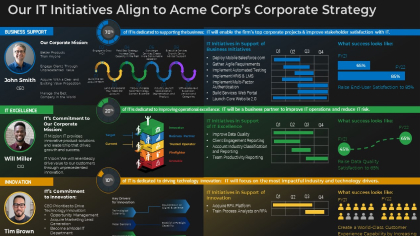You don’t currently have access to Technology Research and Advisory content from Info-Tech Research Group.

SoftwareReviews is a division of Info-Tech Research Group, a leading research and advisory firm with over two decades of experience covering technology markets and advising technology leaders. Gain access to this valuable source of research and technology experts through your SoftwareReviews membership to guide your product and marketing strategies.
Leverage the expertise of 200+ analysts who speak with your buyers every day to understand their pain points and technology initiatives.
Gain market and buyer intelligence to help evolve your product vision and roadmap so you can continually improve customer value and service experience.
Validate and refine your positioning to tell a more effective story that connects your product's value with the most important needs of the buyer.

Examine how data platform selection should be be optimized for the organization's specific needs and goals and support evolutionary platform development.

Build a value-driven approach to digital transformation to identify what aspects of the business to transform, what processes to automate, and what technologies to embrace.

Follow a structured, accelerated approach to launch your HRIS selection project that prepares your organization to make an informed technology decision.
Become a member today to start identifying and building your next growth initiative.
Become a Member